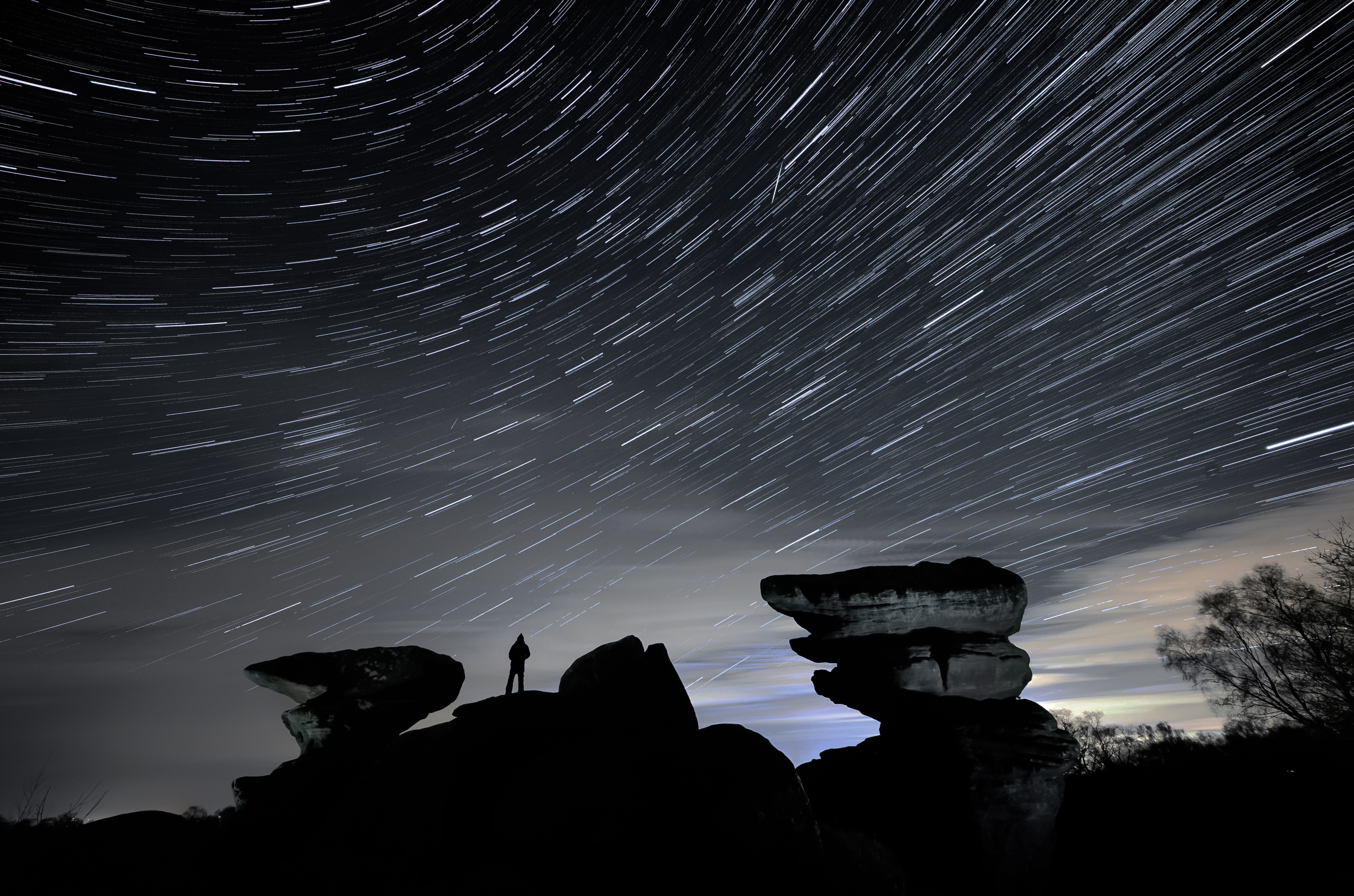Editor's Note: The video in the player above is from a previous report.
The start of summer is just about here.
The summer solstice, or the first day of astronomical summer, in Chicago takes place at approximately 3:50 p.m. CT on June 20, according to timeanddate.com.
At that time, the Chicago area will see its longest day of the year, with approximately 15 hours, 13 minutes and 41 seconds of daylight -- the most we'll see on a single day this year, according to timeanddate.com.
What is the summer solstice?
The summer solstice is the time when the sun reaches its highest and northernmost points in the sky, according to the Farmer's Almanac.
It is also known as the day with the longest period of sunlight, or the longest day of the year - for those in the Northern Hemisphere.
Local
While the solstice does not take place at the same time each year, it typically falls anytime between June 20-22.
"Our solstices are caused by the slight tilt in Earth’s axis in relation to the plane of its orbit," a blog from the Adler Planetarium said. "This tilt is about 23.5 degrees off-vertical. As a result, when Earth circles the Sun each year, a different half of the globe is leaning slightly towards or away from the Sun."
Feeling out of the loop? We'll catch you up on the Chicago news you need to know. Sign up for the weekly> Chicago Catch-Up newsletter.
As the summer solstice approaches, the amount of daylight increases each day while the nights get shorter. After the summer solstice, the amount of daylight gradually diminishes each day, until the winter solstice—which falls on December 21 this year.
"The summer solstice occurs in the northern hemisphere when the northern half of the globe has its closest tilt towards the Sun of the year," the Adler said. "Conversely, it’s also when the southern hemisphere experiences the winter solstice, as the southern half of the globe is at its furthest tilt away from the Sun."
Why is it called a solstice?
According to Adler, the word solstice "means that the arc of the Sun—or Sol—stops in the sky."
The word has a Latin origin, coming from solstitium - sol, which means sun, and stitium, which means "still or stopped," the Almanac reports.
Sunrise and sunsets during the summer solstice
While the solstice marks the day with the most sunlight, it does not mark the date of the earliest sunrise or latest sunset.
According to timeanddate.com, the latest sunsets of the year will occur in mid-to-late June, with the sun going down at approximately 8:30 p.m. The city will see over 15 hours of daylight through most of the month, though that number will start to decrease after the summer solstice on June 20.
Fortunately the area will continue to see sunsets after 8 p.m. through Aug. 8, according to the website.
Best place to catch the summer solstice sunrise
For those thinking about seeing the sunrise that day but aren't sure where exactly to go, we have some good news: you don't have to travel far at all.
Mixbook, a photobook company based in California, conducted a survey of 3,000 respondents to identify the 150 best places in the U.S. to witness the sunrise on June 20. One popular spot in Chicago made the top 50.
Landing at No. 33 on the list is one of the city's most popular beaches, the famed North Avenue Beach along DuSable Lake Shore Drive in Lincoln Park.
According to its entry on the rankings page, North Avenue Beach "offers a picturesque view of the sunrise over Lake Michigan" and "the juxtaposition of the natural beauty and the urban skyline is striking."
For anyone wondering about the best locations to see the sunrise nationwide, the top 10 are below:
- Lake Tahoe, Nevada
- Arches National Park, Utah
- Grand Canyon National Park, Arizona
- Stone Mountain Park, Georgia
- Key West, Florida
- Everglades National Park, Florida
- Adirondack Mountains, New York
- Sedona, Arizona
- Maroon Bells, Colorado
- Cannon Beach, Oregon



